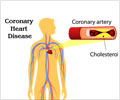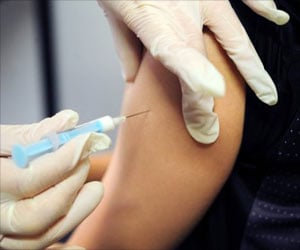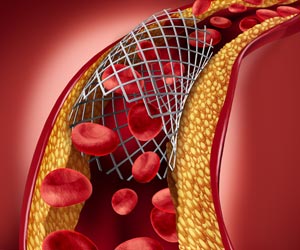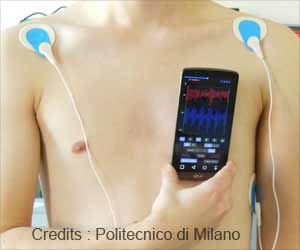A highly sensitive wearable sensor for cardiorespiratory monitoring could be worn continuously by cardiac patients or others requiring constant monitoring.
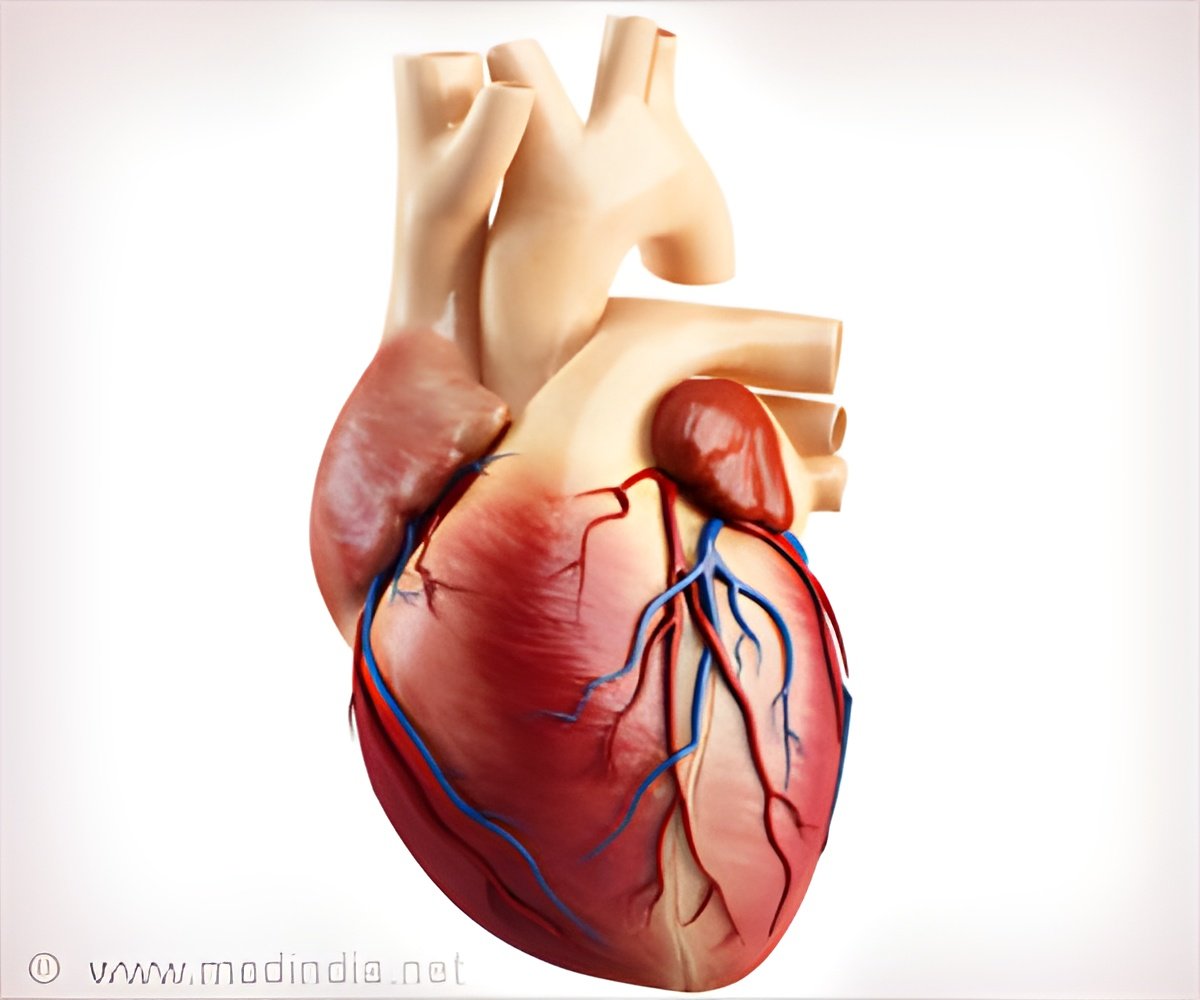
‘A highly sensitive wearable sensor for cardiorespiratory monitoring could be worn continuously by cardiac patients or others requiring constant monitoring.’





A solution containing these electrolyte substances is placed into a small circular cavity that is capped with a thin flexible diaphragm, allowing detection of subtle movements when placed on a patient’s chest. Small motions that arise from the heartbeat and breathing cause the flexible diaphragm to move the I-/I3- solution into a narrow channel in the device, where it is electrochemically detected by four platinum electrodes.
“The sensor body was fabricated using Ecoflex 00-20, which has proven to be a very soft, strong and stretchy silicone rubber that is widely used in medical simulation, orthotics, and prosthetics,” said author Yong Xu.
The investigators created a mold for the circular chamber and the associated narrow channel using 3D printing. A solution to create Ecoflex 00-20 was poured into the mold to form the body of the sensor and was also spin-coated on a rapidly rotating disk to produce the thin diaphragm. After the diaphragm and chamber body were bonded together, the investigators used a syringe to fill the chamber with the electrolyte solution.
The resulting device is only 28 millimeters wide and is skin-safe, so it can be attached directly to the patient’s body. The device was able to detect the heartbeat with high sensitivity. A signal-to-noise ratio of greater than 6:1 was achieved, which is considered good.
Advertisement
The other way the sensor detects respiration is due to the way the volume of the chest cavity changes during a breath, modulating the heartbeat signal. In this way, respiration is detected indirectly through changes in the heartbeat.
Advertisement
Source-Newswise

